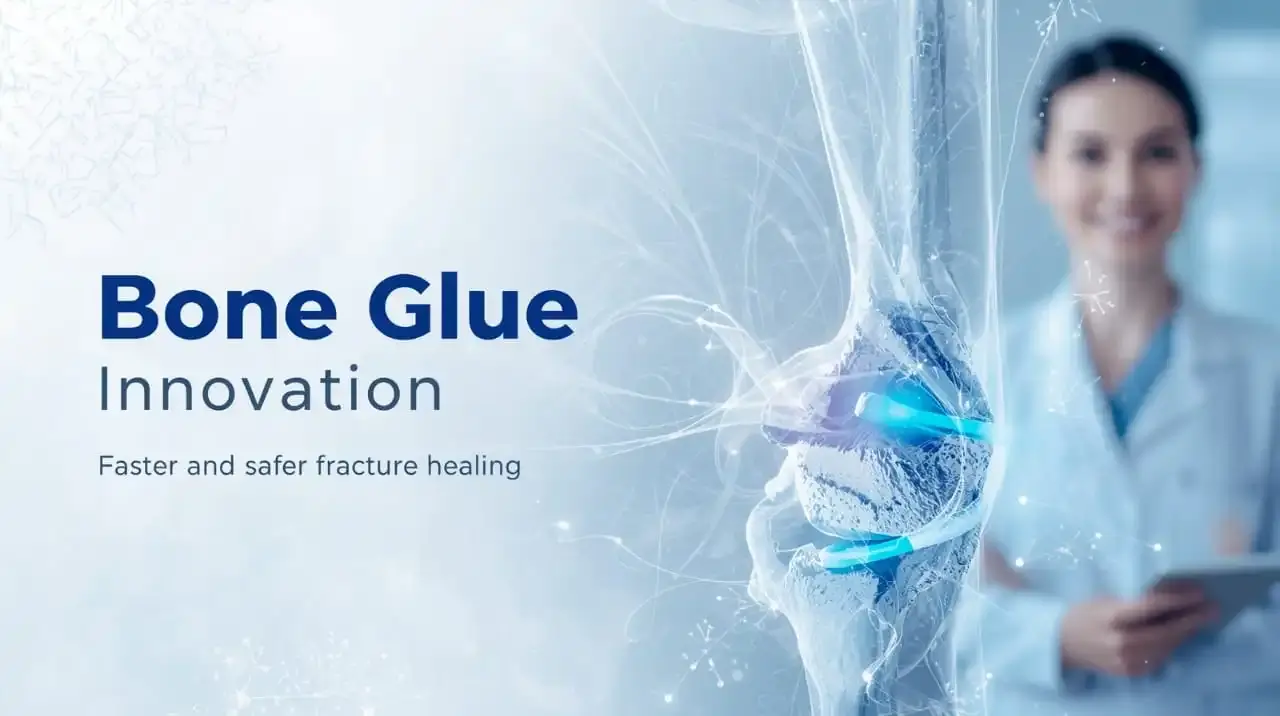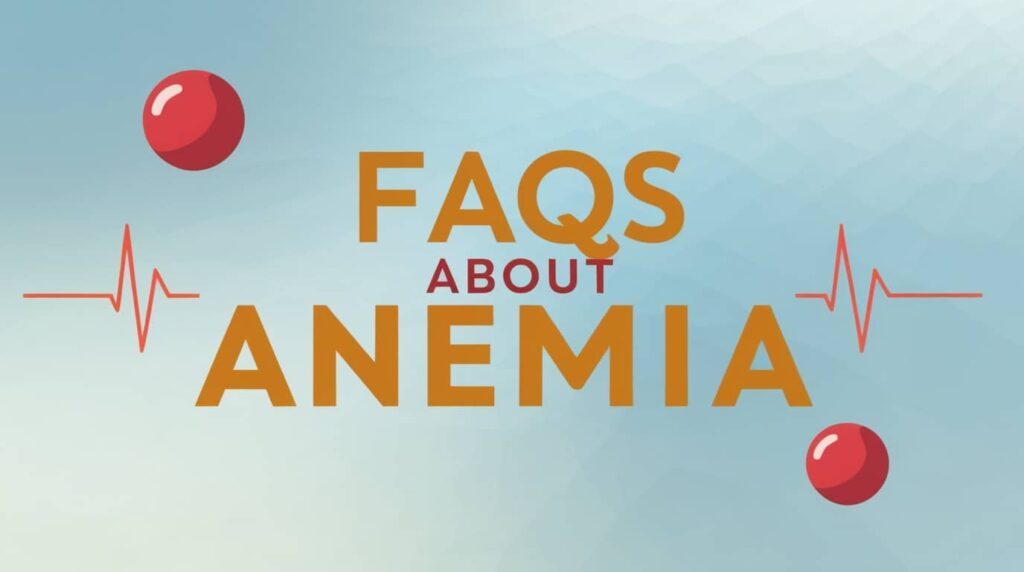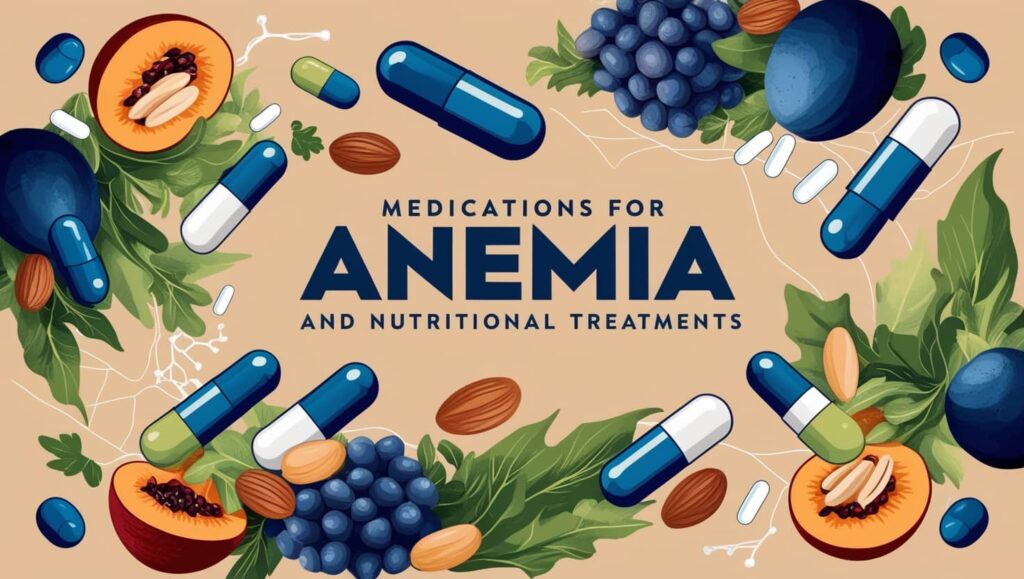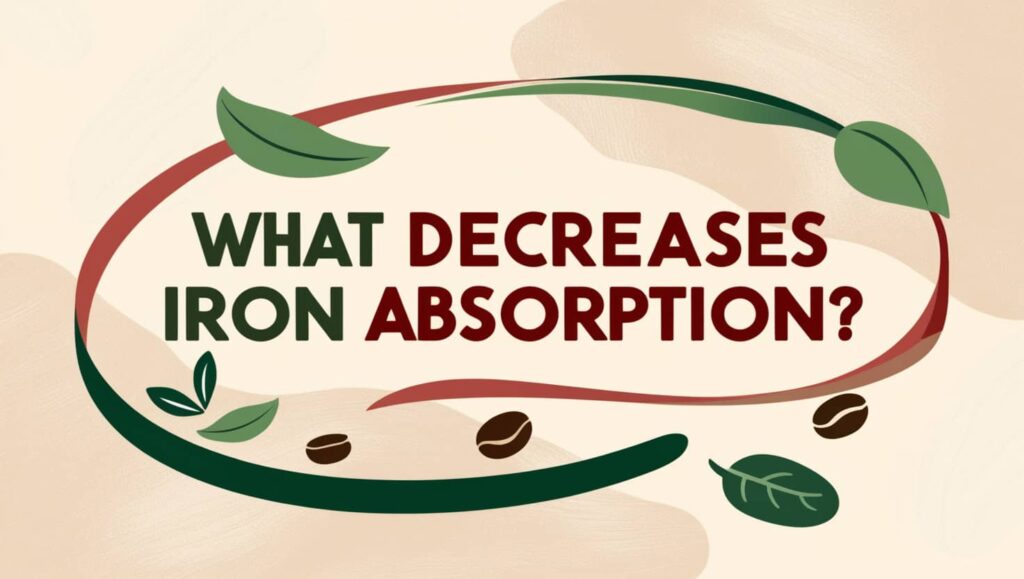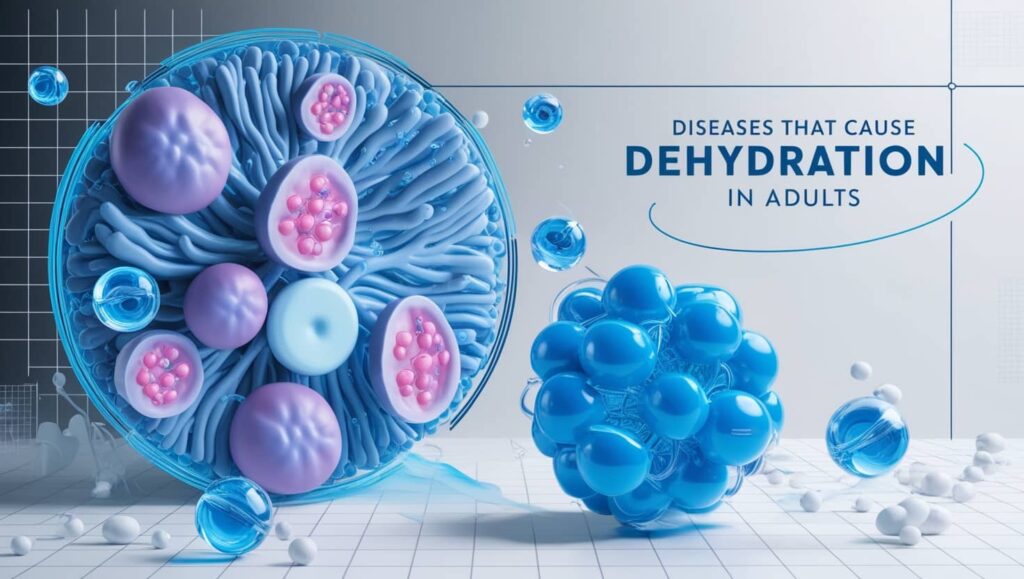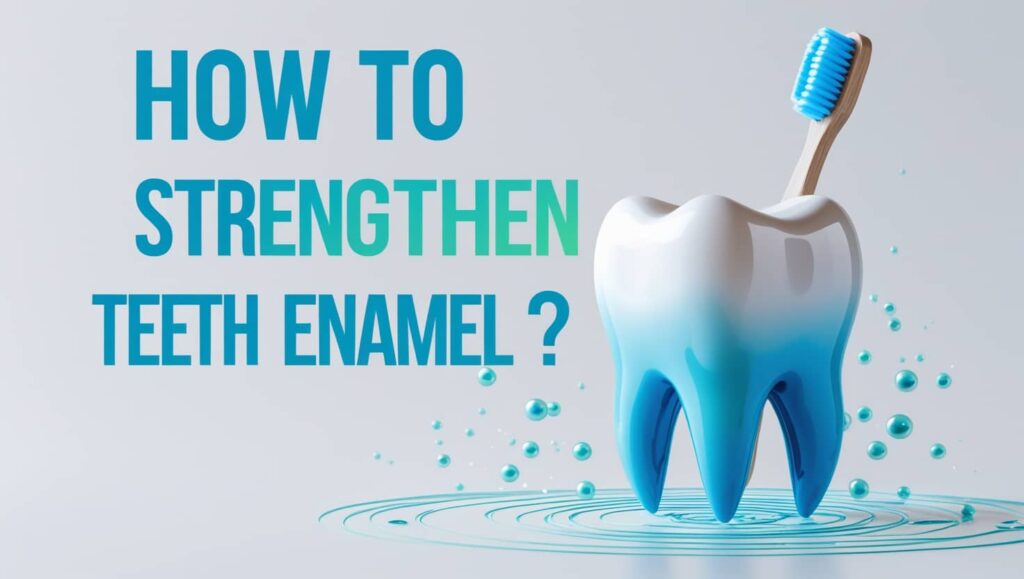What is Bone Glue?
Types of Bone Glue
Natural Polymers
Synthetic Polymers
- Unmodified synthetic polymers (such as polyurethanes, polycyanoacrylates, and polymethylmethacrylates).
- Synthetic polymers that have properties of bone-adhesive functional groups.
Is It Safe for Patients?
- Rapid and robust bonding in blood-saturated physiological conditions.
- User-friendly and effective application that greatly enhances surgical productivity.
- Total biodegradability, with natural absorption occurring in roughly six months, leaving behind absolutely “no trace.”
- During the healing process, the glue evolves and dissolves, allowing bone substitution while keeping the glue’s strength and volume.
- It provides instant and extended stability, removing the requirement for significant mechanical bone compression as in press-fit or threaded implants, and possibly eliminating the need for bone plating of fractures.
Bone Glue Vs. Metal Plates: Which is better?
1. Traditional Metal Fixation Techniques
- Advantages
-
- Metal plates and screws give excellent stability.
- High mechanical strength.
- Fracture toughness.
- Durability & Wear resistance.
- Exhibit excellent biocompatibility
- Corrosion resistance.
- Disadvantages
- Struggle to attain proper anatomical alignment.
- The securing process is time-consuming and labor-intensive.
- There is a risk of losing or resorbing bone fragments.
- can lead to a permanent decrease in bone mass, delayed healing, or the possibility of nonunion.
- Bone grafts involve removing bone from another place of your body (often your hip) .
- They remain in your body forever until removed in a subsequent procedure.
- Can cause discomfort, trigger metal detectors, and do not naturally integrate with your bone tissue.
- Prefabricated implants are available in common sizes. Getting the right fit frequently involves compromising for “close enough” rather than ideal.
2. Bone Glue “Bone Adhesive – Bone Cement”
- Advantages
- Minimally invasive application.
- Reduces need for hardware.
- Biocompatible.
- Improve the healing environment and promote osteogenesis.
- Faster recovery time.
- Helpful for complex fractures, bone voids, and inaccessible areas.
- Some are absorbable and have biodegradable options.
- Hemostatic properties.
- Precision in complex structures.
- Disadvantages
- Limited mechanical strength.
- Limited use cases not widely used for large fractures.
- Lack of long term clinical studies.
- Several bone glues have poor adhesive strength.
- The exothermal reaction causes thermal necrosis of bone tissue when there is no bone preparation or chemical modification of the polymer.
- Implant loosening and periprosthetic osteolysis
- HA-based bone adhesive has longer setting time, poor compressive and bonding strength, cement fragmentation, and foreign body reaction to wear debris.
- Local inflammatory activity is encouraged by the wear particles produced by PMMA cement and roughened metallic surfaces.
- The cement ingredients have the potential to cause allergic reactions, and the monomer is hazardous.
When Could It Be Used in Hospitals?
Doctors use bone glue in hospitals to help repair or support bones instead of using metal screws or plates alone. Its major applications are:
Fracture repair → In complex fractures such as those of the hand, face, or skull, this method is important to fuse small or delicate portions of bone.
Cranial and facial surgeries → Often in neurosurgery and maxillofacial surgery to fix abnormalities of the skull or to secure bone flaps after brain operations.
Joint and spine surgeries → Surgeons use synthetic bone cements or glues, such as PMMA, in joint replacement or vertebroplasty, to support bones and reduce pain.
Dental and maxillofacial → Used to anchor implants during dental implant treatments or correct irregularities in the jawbone.
Pediatric or delicate surgeries → For children or in cases involving fragile bones, bone glue offers a less invasive alternative to screws and plates.
The Future of Bone Healing Treatments
The bone glue technique is just one of numerous potential advancements in orthopedics.
While it may take years for it to become standard practice, the research indicates that it has the potential to change how we treat bone injuries.
Medical technology advances through exactly this type of innovation: taking a simple concept (what if we could print bone material straight into fractures?) and evolving it into something that could actually help patients heal better.
A group of Chinese scientists has successfully developed “Bone-02,” a novel type of medical adhesive.
The new adhesive, which was inspired by oysters, can quickly fix damaged bones without the need for large surgeries, screws, or metal plates.
To hasten bone healing, the novel adhesive can be injected straight into the site of a fracture. Even in blood-rich places where conventional adhesives fail, it binds bone fragments together in two to three minutes.
Finally, if you’re dealing with a difficult fracture or bone deformity, don’t give up. Medicine is progressing, and your orthopedic surgeon now has more tools and options than ever before to help you recuperate.
Reference
- Bingol, H. B., Bender, J. C. M. E., Opsteen, J. A., & Leeuwenburgh, S. C. G. (2023). Bone adhesive materials: From bench to bedside. Materials Today Bio, 19, 100599.
- Böker, K. O., Richter, K., Jäckle, K., Taheri, S., Grunwald, I., Borcherding, K., … Lehmann, W. (2019). Current State of Bone Adhesives—Necessities and Hurdles. Materials, 12(23).
- Carlos, J., Lopez, S., Paz, E., Handwerker, H., & Debor, F. (2023). Biomedical adhesives: Qualification, specification, quality control, and risk mitigation. Elsevier EBooks, 877–908.
- Bone glue – The final frontier for fracture repair and implantable device stabilization. (2020). International Journal of Adhesion and Adhesives, 102, 102647.
- Metallic Implant – an overview | ScienceDirect Topics. (n.d.). Retrieved from www.sciencedirect.com Vaishya, R., Chauhan, M., & Vaish, A. (2013). Bone cement. Journal of Clinical Orthopaedics and Trauma, 4(4), 157–163.

